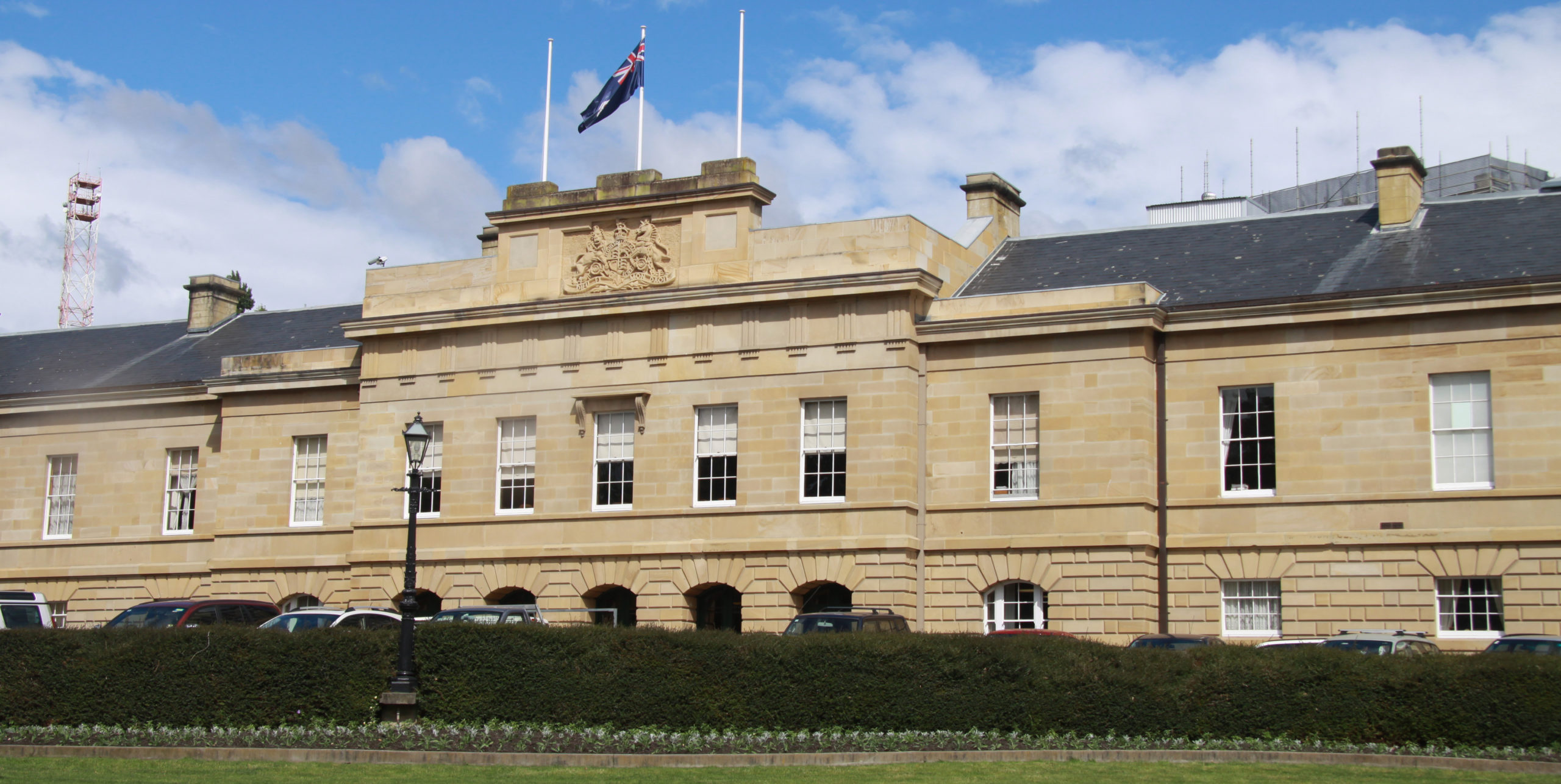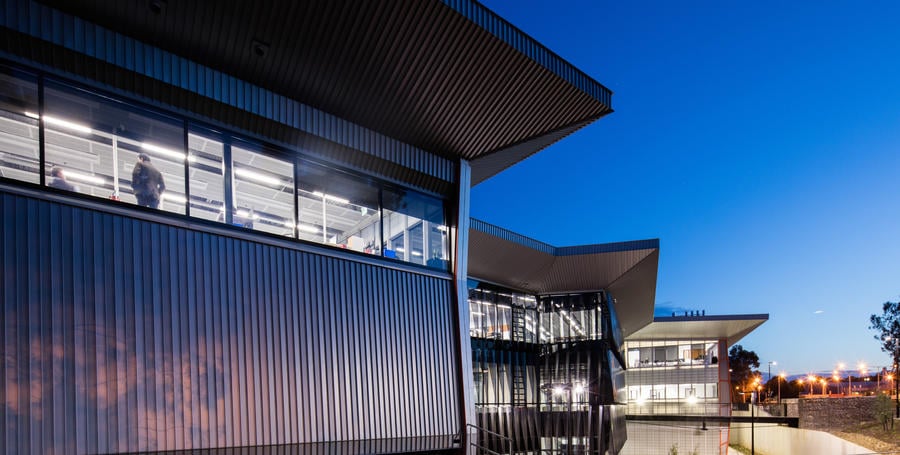Today on World Sleep Day, which is designed to raise awareness of sleep as a human privilege that is often compromised by the habits of modern life, we take a look at the field dental sleep medicine.
This article was originally published in the March 2022 edition of the ADA’s News Bulletin
One oral health issue keeps popping up in the news time and time again; obstructive sleep apnoea (OSA) affects as many as half of men and a quarter of women over 50 years of age. Even below that age, it is a widespread and well-documented condition amongst Australians.
The issue goes so much deeper than having dry mouth and sleepiness; more than a fifth of road accidents are attributed to fatigue, and these accidents more statistically likely to have fatal outcomes. In fact, OSA is “associated with a 2.4-times increased risk of motor vehicle crashes, which has been compared to driving while over the blood alcohol limit,” as quoted recently by ABC News from Professor Lynne Bilston, senior research scientist at Neuroscience Research Australia.
Although it is often seen by the public as a breathing issue, the many ways the dental profession can be involved in the diagnosis and treatment of OSA, and other sleep-related disorders, is growing and evolving at a healthy pace. This emerging field is attracting more and more interest from practitioners and researchers in the dental healthcare space, highlighting an increasing need for more formalised learnings and qualifications in this ‘crossover’ arena between dental care and sleep therapy.
Indeed, until recently, there were conflicting terms to describe this field. However, says Dr Andrew Gikas, a general dentist with a special interest in sleep medicine, the experts are gradually reaching consensus.
“The terminology for the field is not clear, but the consensus of those involved worldwide is that it is ‘dental sleep medicine’ or DSM,” he says. “‘Sleep medicine’ is the term our medical colleagues use to describe their field so it makes sense that we refer to ‘dental sleep medicine’; it is also sometimes wrongly referred to as sleep dentistry which of course relates to sedation or GA dentistry.”
Dr Gikas is also one of the presenters of the most recent DSM-related webinar on the ADA’s CPD Portal, and explains why he is so involved in this field. “We can make a significant difference to people’s lives by doing quite simple dentistry,” he says. “From the first time you see one of your restorations fail, I think all dentist are fascinated by what our patients may do to their teeth when they are asleep.
“My personal interest was sparked in the late ’90s by a patient asking me for help with their snoring. At the time there was little CPD, or even much research into oral appliance therapy for sleep disordered breathing. Over the last couple of decades, the science has grown considerably and Australia is also one of the world leaders in sleep research. It is rewarding to be involved in helping patients sleep better, helping colleagues learn about DSM and volunteering in the association and research space.”
From taking an interest to ‘special interest’
Finding pathways available to dental practitioners who wish to attain a minimum level of competency is currently very topical.
“Common pathways to gain DSM knowledge include the University of WA’s Graduate Certificate in DSM, the University of Sydney’s Master in Sleep Medicine, private CPD course providers, or one can undertake some solid self-paced reading,” says Dr Gikas, who is also involved in the Australasian Sleep Association (ASA).
Indeed, the ADA’s CPD material provides a solid bedrock upon which to pursue further studies, now that the ASA has recently launched a Fellowship of Dental Sleep Medicine (FDSM) program, designed to help both patients and referring medical doctors to identify dentists who have attained minimum clinical competencies.
“The fellowship is a huge step in allowing dentists who have training and experience in the field to sit an exam, show some cases and be awarded a recognised fellowship that will allow the sleep community to be able to know which dentist to refer to,” says Dr Gikas. “Having someone to refer the complex ones to might be something that the profession is missing as we don’t have specialists in Dental Sleep Medicine.”
Marcia Balzer, chief executive officer of the ASA, has often commented on the power of multidiscipline collaboration. “It’s really exciting to be able to offer this new certification program from 2022,” she says. “It’s been created by dentists with the help of sleep experts from many different disciplines because we know that better sleep for patients often involves the work of a whole team.
“ADA members are very welcome to check out our Learning Centre and the on-demand learning resources on dental sleep medicine. Just visit sleep.org.au and click on the Learning Centre tab. You’ll need to create an account to access it, but you don’t have to be an ASA member.”
The ENT point of view
Dr Lyndon Chan is the co-presenter of a new CPD webinar on sleep disordered breathing and has a particular sub-speciality interest in sleep surgery, having undergone numerous fellowships in Sleep Surgery and Rhinology both in Australia and overseas.
(Check out the range of items on dental sleep medicine on the ADA’s CPD Portal, available to all members.)
His approach in the webinar focused on the latest soft tissue surgery and hypoglossal nerve stimulator publications. “The place of soft tissue surgery is getting increasingly cemented with numerous RCT and large population studies showing sustained longterm results,” he says, “and should always be considered in the event of failure or rejection of conservative treatments.
“The hypoglossal nerve stimulator is soon to be available in Australia, and it is the most exciting development in sleep surgery for a long time with good longterm results – but there will not be a silver bullet for OSA because treatment is so individualised, everyone has a different physiological and anatomical phenotype.”
Studies quoted by Dr Chan in the webinar list anatomical phenotypes of note as including the tongue, tonsil, lingual tonsil, skeletal structure, palate position, epiglottis, airway length and collapse type at the palate or pharynx – indeed, the breadth of phenotypes listed highlight his call for highly individualised care.
“Individualised care is the way of the future, and to do this the best and multidisciplinary approach is the best pathway forward for optimal care,” he says. “Combination therapy may be a more effective treatment, especially sleep surgery and mandibular advancement splint, but more research needs to be done in this space.”
Both Drs Chan and Gikas agree that a more multifaceted sleep clinic scenario would be ideal for patients with sleep disorders of this kind, as well as more learning content in postgraduate studies. “There is little dental sleep medicine content in the current crowded dental school curriculum.
I would like to see more tertiary hospital sleep clinics include DSM services, which would allow the public greater access and student rotations through these clinics,” says Dr Gikas. “Setting up DSM clinics in public hospital sleep clinics might be something we need to encourage and actively lobby for.”
Indeed, in the ADA CPD webinar, Dr Chan cites his ideal ‘dream’ clinic as including nine different specialists, from dental/oral and maxillofacial practitioners, sleep physicians and ENT surgeons through to more complementary specialists: dietitians, bariatric surgeons, exercise physiologists and more. “Multidisciplinary clinics likely have better outcomes, especially when ENT and dental surgery can work together,” he says.
OSA: what to look out for
Some patients can be more likely to experience sleep disordered breathing or obstructive sleep apnoea. Lifestyle pointers such as higher bodily weight, smoking, drinking higher amounts of alcohol, patients experiencing nasal congestion or even those with a larger neck than average.
Signs that may point to further examination to identify sleep apnoea or other sleep-related disorders may include:
– dry mouth or headache, especially directly after waking;
– flattened teeth, broken dental work, bite marks on cheeks or other signs of bruxism;
– TMJ pain or disorder;
– brain fog, grogginess or excessive tiredness or memory difficulties; and/or
– abnormally sized throat or mouth tissue, identified by manual examination or head and neck x-ray.
Having listed these, Dr Chan makes important points in the latest CPD webinar that BMI (body mass index) is not a limiting factor in all cases, and a dentist should be looking for much more than just “big tonsils”.
For more interesting News Bulletin articles, go to News Bulletin Online.






